
Over the past two weeks, I’ve had quite a lot of readers write in to me and ask how they tell the difference between Cuckoo Pint Arum maculatum (often named Lords and Ladies) and Sorrel Rumex acetosa. Unfortunately, most of the emails have arrived too late, because you shouldn’t be eating things unless you know exactly what they are!!! Each email contained the same line, “painful burning sensation on my lips and tongue”, after biting into the poisonous Cuckoo Pint Arum maculatum.
Before I continue, please be careful and don’t try to eat any wild plants, fungi or leaves from trees unless you really do know what you’re doing. Cuckoo Pint contains a really nasty substance called calcium oxalate, which will cause irritation to the skin, and, if consumed can cause a swelling of the tongue and inner mouth, which can become so severe it can lead to extreme difficulty in breathing. So, it’s VERY IMPORTANT not to try these things if you are not 100% positive of what they are. Even if you perform an edibility test, or spit it out if you realise it’s not what you first thought, it can be too late, and in some circumstances the results can be deadly.
I should also point out, that some other wild species, many of which are very common and similar to some other edible species are positively deadly, even if a tiny amount is ingested, it can cause all manner of problems to your health, and often result in death. I don’t say these things to put you off of foraging; I mention them out of the sheer importance of doing so. For some reason, many people seem to think the worst result will be an upset stomach or a rash, but in reality, it can be a much worse outcome than that.
Cuckoo Pint is very common, even more so than sorrel, it can be found in most woodlands, hedgerows and parks throughout most of Great Britain, with the exception of Scotland, although I never like to set these things in stone, I have often found various plants and trees in parts of the country where they strictly shouldn’t be.
Sorrel is another common species, found in grassland and woodland rides, found throughout Great Britain. You’ll often find it described as being found in leaf from February, but I find it growing all year, so again, take little notice of that.
In the summer months, sorrel becomes quite a tall plant with small triangular shiny brown seeds, but in the early spring months, in can appear to be somewhat like sorrel in appearance.
Firstly, let’s look at Cuckoo Pint, which can vary in appearance quite a lot.
The leaves are very shiny, and often have black/brown/purplish marking on the leaves, but sometimes they are completely absent. Take a few moments to examine the images below in detail.
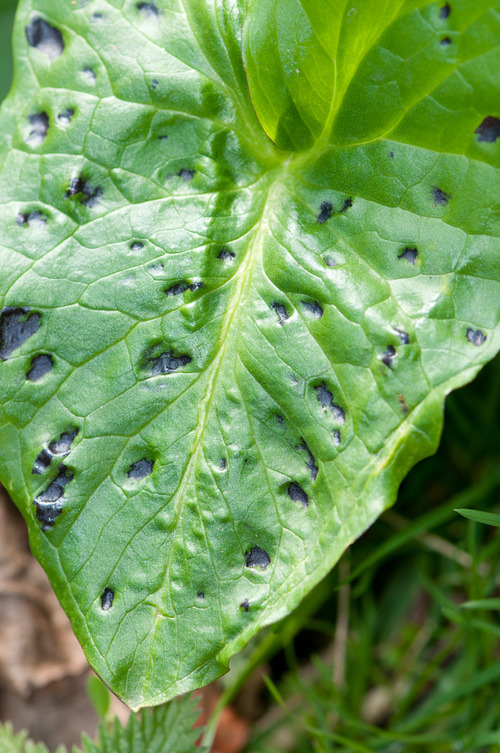
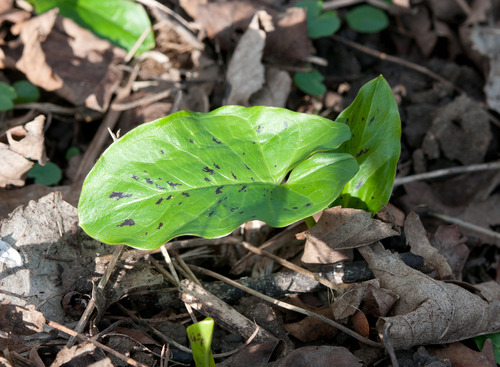
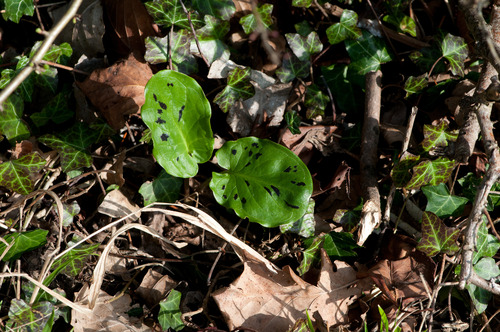
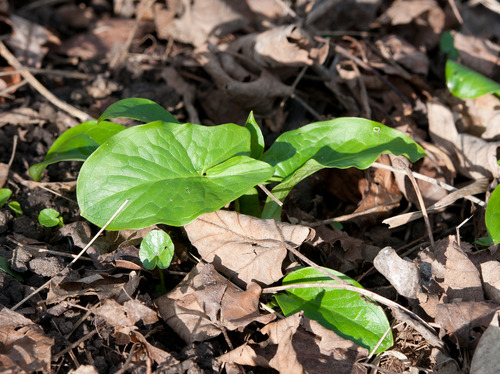
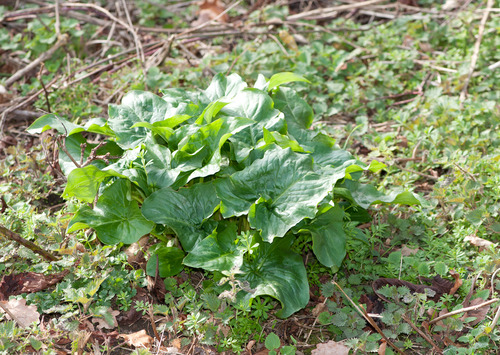
The leaves of Cuckoo Pint will vary in size according to age. At first, they will puncture the earth as small spears, which then unfurl to capture the sun’s rays.
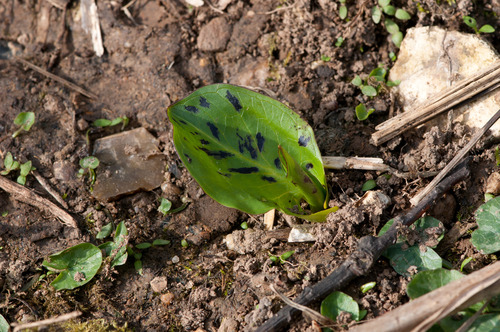
Sorrel leaves are generally much smaller. They are also arrow-shaped, but they lack the shiny surface of Cuckoo Pint, apart from when they’re older, when they do become shinier.
Sorrel leaves never have dark markings, other than slight brown marks where damaged has been caused by insects. You may find a small patch of leaves, or occasionally a larger clump all together, which is when it resembles Cuckoo Pint more.
This picture demonstrates a small patch of sorrel, but the older plants look very different. I’ll add an example of the older plants when I have time to take an image later in the year.
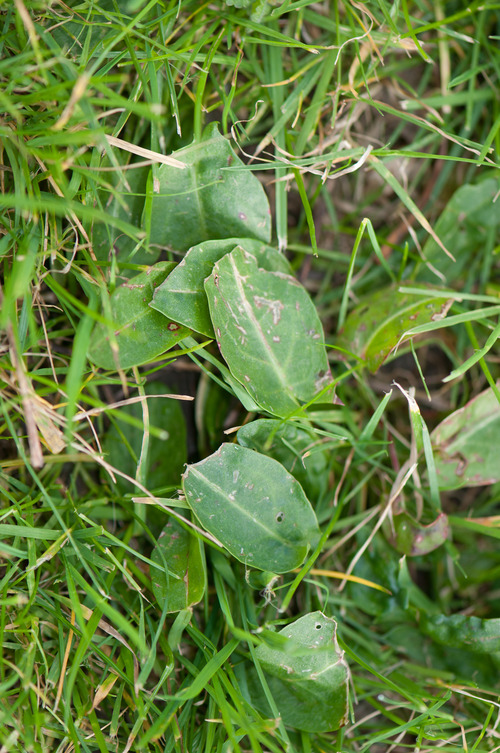
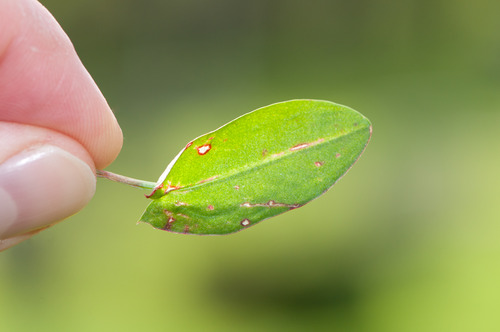
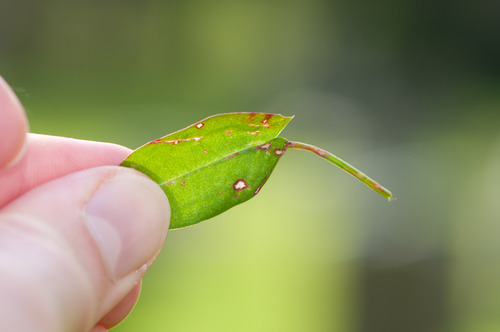
Notice the lobes near the stalk
Another plant in its early life cycle that looks quite similar to sorrel is Red Campion Silene dioica, but there are lots of others too, so I always recommend doing your research thoroughly, and if when I have some courses available, please book yourself onto a course.
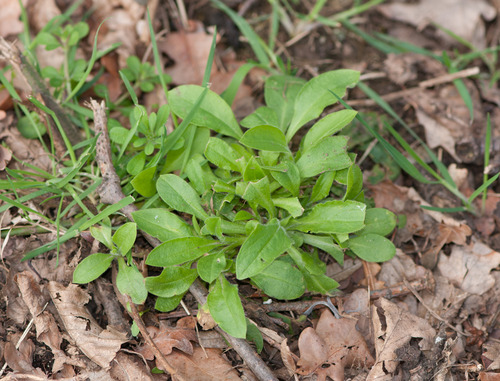
Campion leaves when young - similar
I hope this short article has helped some you understand the dangers, and differences between the two species.
Catch you on the trail
Kris

Jane Staal on 02/05/12
Not sure about the rest of Scotland, but we definitely have lots of Cuckoo Pint in Fife.